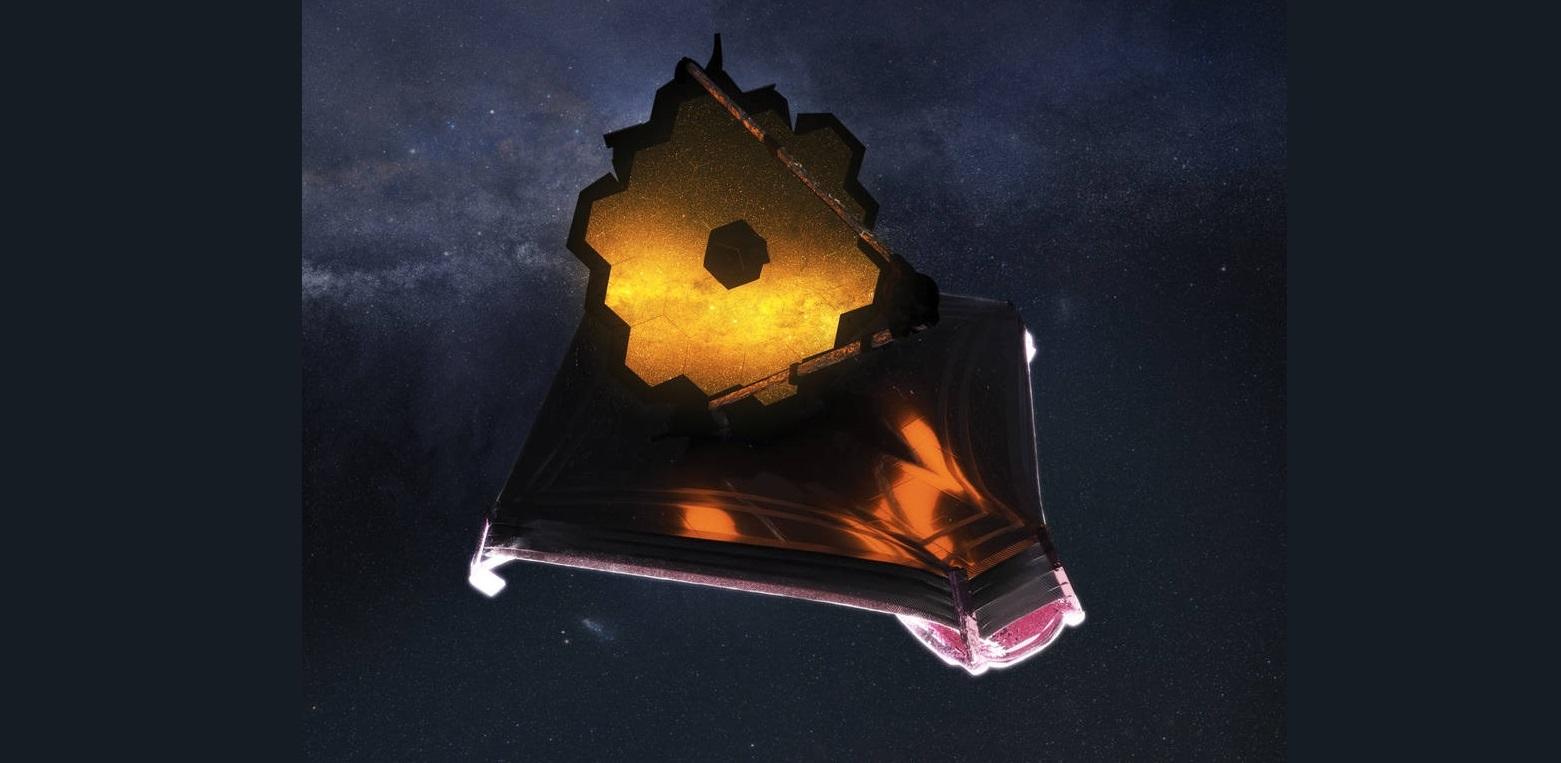
Date:
The world has seen the first breathtaking images from the James Webb Space Telescope (JWST),offering possibilities for new discoveries that will help to further explain the complexities of the universe. While there have been other highly sophisticated telescopes placed into orbit in the past (Hubble Space Telescope and Spitzer Space Telescope), JWST is the next generation of space technology that was intricately designed and developed through an international partnership between NASA, the European Space Agency (ESA) and the Canadian Space Agency (CSA).
JWST combines core features of Hubble and Spitzer, making it the largest telescope built for space exploration to date. By doing so, this “flagship” telescope is capable of detecting light beyond the visible spectrum into mid-infrared range using infrared cameras to peer through the dust in the space and capture incredible images over 18 billion light years away due to its arrangement of mirror segments. What this means is that some of the previous limitations of large telescope astronomy have been surpassed, and scientists will be able to visualize and study even greater aspects (and distances) of the cosmos.
While all eyes were on the launch of the JWST on December 25, 2021, the telescope has been decades in the making. The telescope’s design made it extraordinarily complicated to build and test before being ready for deployment. A telescope’s sensitivity relies on the size of its mirror(s) to capture light from objects at a particular distance. The larger the mirror, the greater the distance for viewing. In the case of JWST, scientists and engineers set out to create a large, primary mirror configured by the arrangement of 18 hexagonal shaped segments made of beryllium, a metal that is both light and strong. The hexagonal shape of the mirror segments allows for symmetry and eliminates gaps when fit together, thus enabling seamless folding and unfolding.
The hexagonal shape is also close enough to being circular, which is the ideal shape for focusing light for imaging. With all segments combined, the large primary mirror of JWST measures at 21.3 feet. According to NASA, a mirror of this size is the first to be launched into space. A complex arrangement of mid- and near-infrared cameras and detectors work in concert with the primary mirror described above to detect and pinpoint faint objects while also determining their compositions. All of this instrumentation is protected and kept cold by blocking stray heat and light from the Sun using massive sunshields. JWST’s powerful technology gives way to observing space phenomena over time and learning about various processes, such as star and planet formation.
Thanks to the inspiration and collaborative efforts of a global team of scientists and engineers, this is an exciting time for the advancement of space technology and exploration. Space enthusiasts can track JWST by visiting NASA’s Goddard Space Flight Center website. Since the launch of JWST, each successful test of its complex design has brought relief to its engineers and built anticipation for the first images to be captured and shared as demonstration of its incredible capabilities. Now, that moment has finally come.


